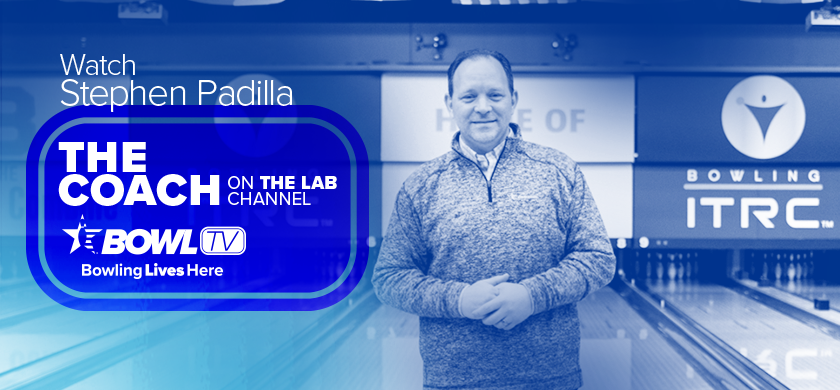By Stephen Padilla on Apr 19, 2019 12:14:01 PM
One of the most important things you can do to improve your game is to understand lane surface. What are the options, how do they affect what you're trying to do and how can you embrace the lane surface to use it to your advantage?

Wood lanes will be porous, which means they absorb more oil than a synthetic surface will. When you start rolling shots, you'll notice a track area, especially on old lanes. A track area is where the lane surface has worn down because of so many shots being rolled in that area-generally around the second arrow on both the right- and left-handed sides of the lane.
Often, the track area will be discolored, helping you identify where it is without even rolling a ball. You'll find track areas to have a lot more traction than any other part of the lane, regardless of the oil pattern or type of oil applied to the lane.
In 75-80 percent of the bowling centers in the world today, you'll find synthetic lane surfaces, which are made out of similar materials to some countertops in homes. There are a few different types of synthetic surfaces, but they all have similar characteristics to how your ball will react.
Synthetic lanes are extremely hard and durable and can take a beating from bowling balls repeatedly going down the lane. While there is some texture to a synthetic surface, it's nowhere near as much as on a wood surface, so the lane will play slicker as you watch your ball go down the lane.
Finally, let's talk about overlay surfaces, which are exactly what they sound like. This is a film applied to an existing wood surface with the main purpose being to protect the wood. Likewise, it behaves a lot more like a wood surface than a synthetic surface.
With a lot of texture to it, your ball's traction on an overlay surface will be much more like that of a wood surface than synthetic.
Understanding the different types of lane surfaces and knowing what's in front of you any time you walk into a bowling center can be to your advantage. It will help you make decisions as to what ball to choose, where to play on the lane or how fast or slow you'll want to roll your ball.
It's all about giving yourself the best chance for success on the lanes-whatever they're made of.
Stephen




comments